Kuchikami Sake: Unveiling What GHQ Feared and Erased Part 2
Introduction
In the last post, we began exploring what GHQ, or I should say the particular force in the world that wants to control and dominate by extraction of value from people (more on that in some other post), has taken away from Japanese culture, and I wrote about our sacred rice. In part 2 of the series, we will look at the tradition of the Saké (Japanese fermented rice wine) craft and how it is not just alcohol but also an integral part of peace keeping in Japanese communities. Let’s get rambling!
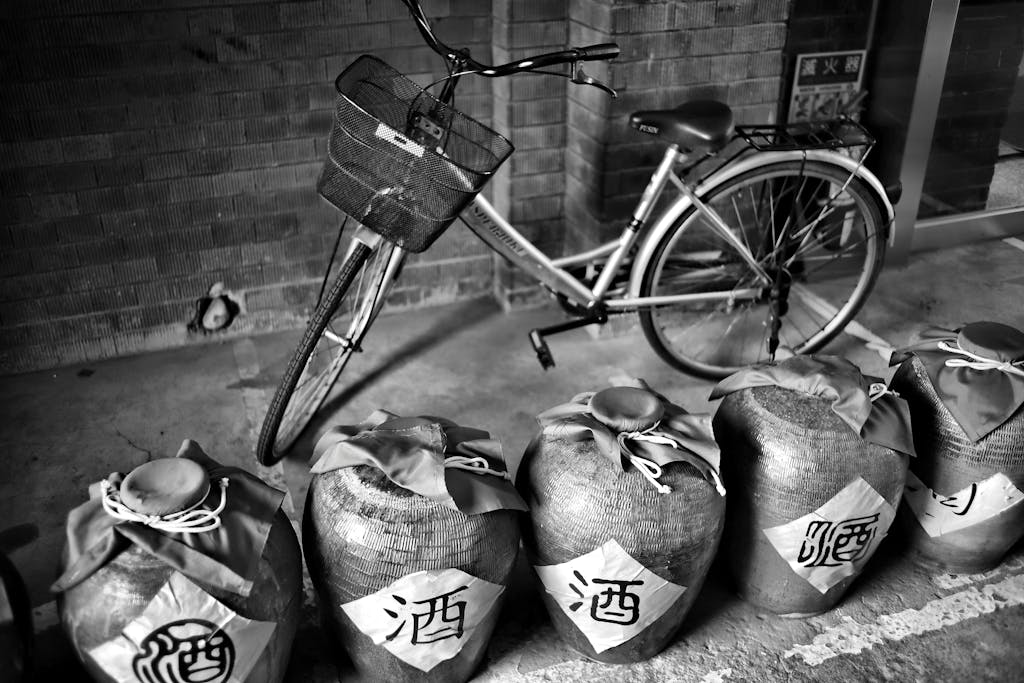
Ancient Origins and Traditional Preparation
Kuchikami sake (口嚙み酒, “chewing sake”) is a fermented rice wine created by chewing steamed rice and spitting it into a clay pot to ferment. While this process might seem unusual and gross to modern sensibilities, it represents the original method of sake (酒, rice wine) production in Japan, dating back to ancient times. As depicted in the Japanese animated film Your Name, kuchikami sake played a significant role in village ceremonies, where Shinto maidens would prepare it as an offering to the gods.
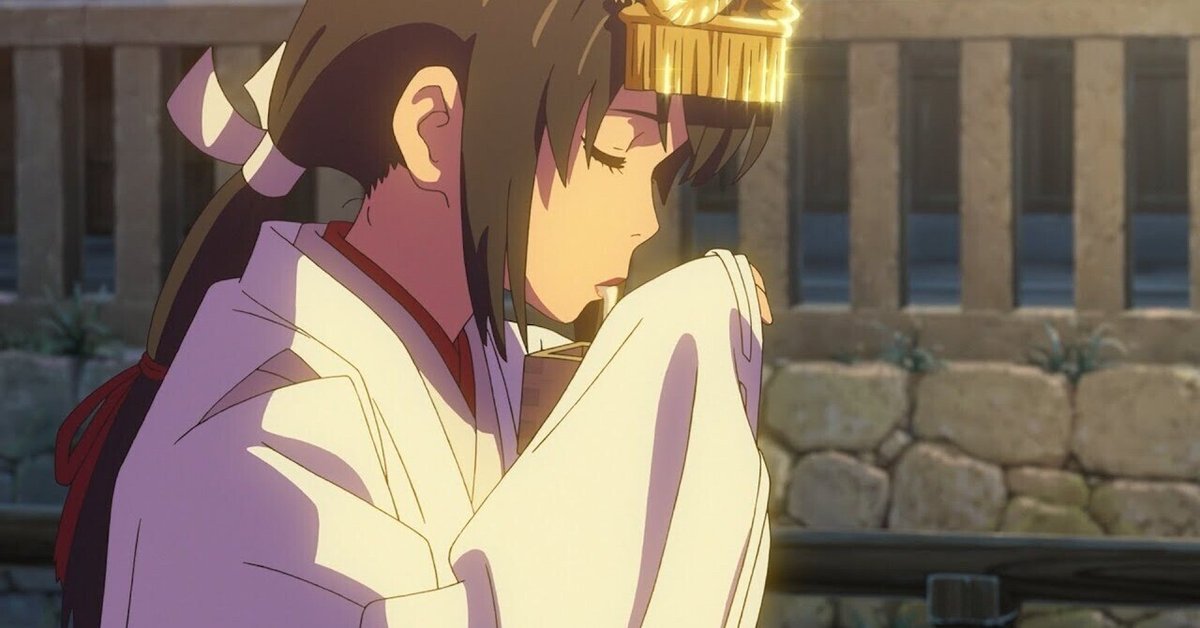
Social Harmony and Microbial Science
Beyond religious ceremonies, kuchikami sake served a crucial social function as both a divination tool and a means of restoring harmony in village communities. Modern research has revealed the significance of gut flora in influencing our thoughts and behaviors, providing scientific context for this ancient practice.
When disagreements arose regarding important village decisions, community members would gather to chew rice collectively, which was then left to ferment in a clay pot. These vessels were typically stored at sacred sites or shrines, allowing the most resilient and beneficial microorganisms to thrive while producing an alcoholic beverage. Days later, the finished sake would be shared among all villagers, effectively distributing beneficial microorganisms throughout the community’s digestive systems. Through this process, harmony in the village was restored—both symbolically and, we now understand, biologically.
Legal Restrictions: Pre-GHQ Prohibition
Contrary to what might be assumed, it wasn’t the post-war GHQ (General Headquarters) that initially banned kuchikami sake. The practice began to face restrictions decades earlier. In 1899, the Japanese government established the Liquor Tax Law to maximize tax revenue from the sake industry. This legislation made the consumption and distribution of all home-brewed, unfiltered sake known as doburoku—including kuchikami sake—strictly illegal.
Cultural Suppression and Community Dissolution
While the primary motivation for the 1899 law was government profit, it had broader cultural consequences that aligned with later GHQ interests. The prohibition prevented the circulation of locally brewed sake made by farmers using local rice and spring water—practices that had been integral to maintaining community harmony and bringing people together.
It can be reasonably inferred that the GHQ would have supported the continued suppression of traditions like kuchikami sake and local doburoku brewing, as these practices allowed people to congregate and strengthen community bonds. The GHQ generally sought to discourage activities that might foster collective Japanese cultural identity or resistance to occupation policies.
In some remote areas of Japan, kuchikami sake ceremonies continued to be practiced until approximately the 1930s, but the tradition gradually disappeared under the combined pressure of pre-war Japanese legal restrictions and post-war cultural transformations under occupation authority.
How It is Today?
The history of prohibiting sake production is the history of great tax raises by the Japanese government. Even today, in 2025 in Japan, it is still strictly prohibited to produce and consume homemade doburoku (濁酒, naturally brewed unfiltered sake), and anyone who breaks this regulation even just for personal consumption will be punished severely unless a special permit is obtained. This seems a bit extreme if you ask me. Six areas in Japan are registered as Doburoku Special Zones, a new regulation started in 2003 as a way to liven the local small businesses in areas where rice production is great. Even though the Liquor Tax Law was put in to place by the Japanese government, I cannot help feeling the effects of the pressure and curse by the post-war GHQ program of the last 8 decades. I do not drink alcohol at all because it doesn’t seem to give me benefits of any kind whatsoever, but if it was a locally brewed using spring water, biologically active and beneficial elixir, I would probably change my mind.
Thank you for joining me on this ramble about the exploration of Sake craft culture in Japan today. Next up on this series is Salt, which has been made up to be a culprit for high blood pressure even in the Western world, but is it really so? What would happen if humans stopped consuming salt? We will explore the GHQ program to de-salt Japan in the next post. 乾杯! (Cheers!)
P.S. Leave me a comment below or sign up for my periodic newsletter to join the rambling journey to Japan. I would love to hear from you!

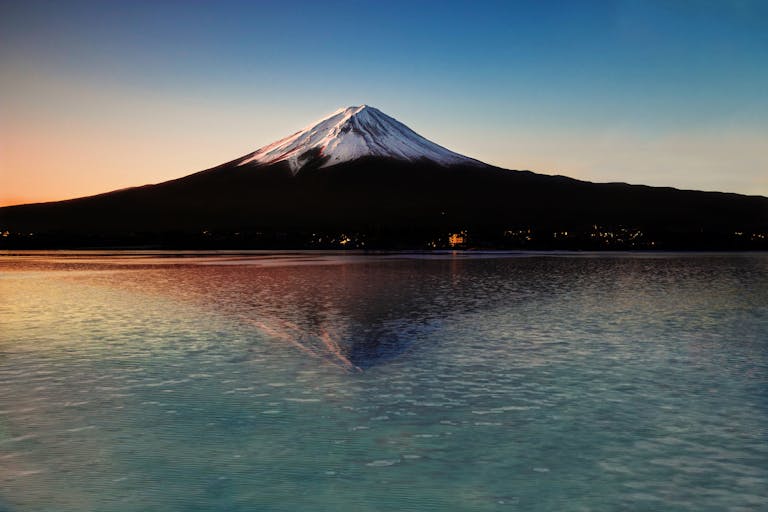
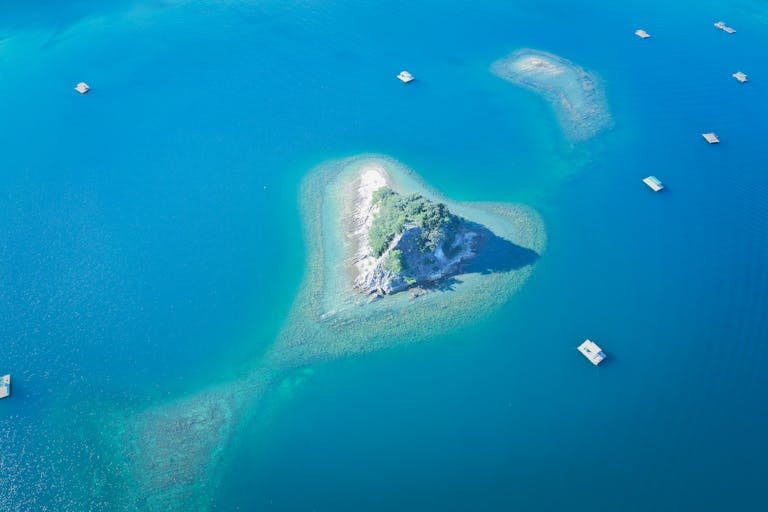
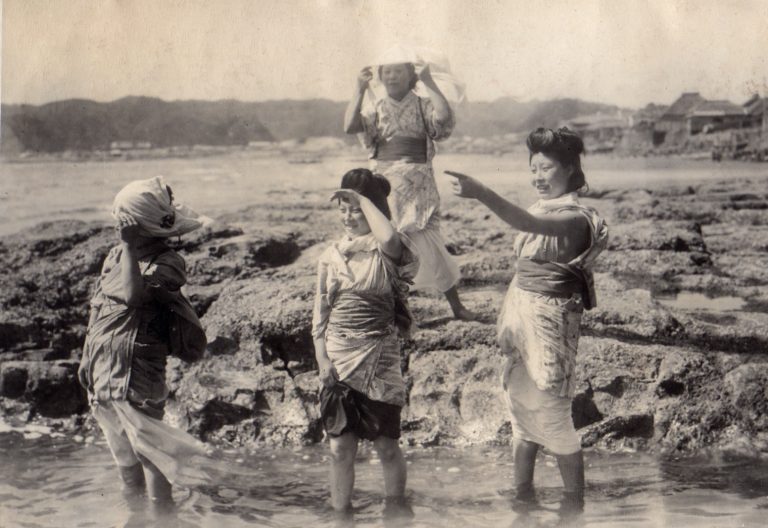
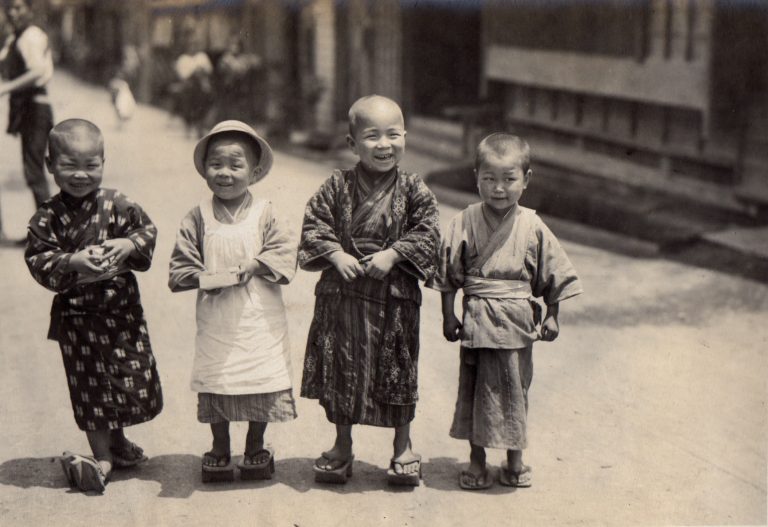
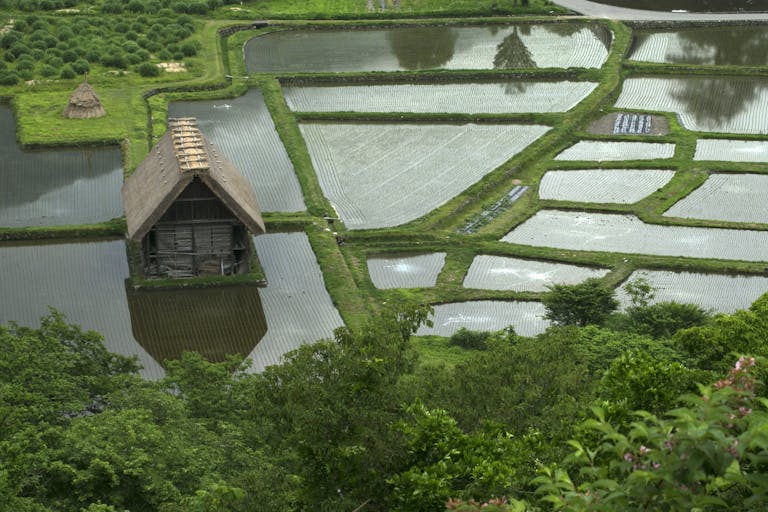
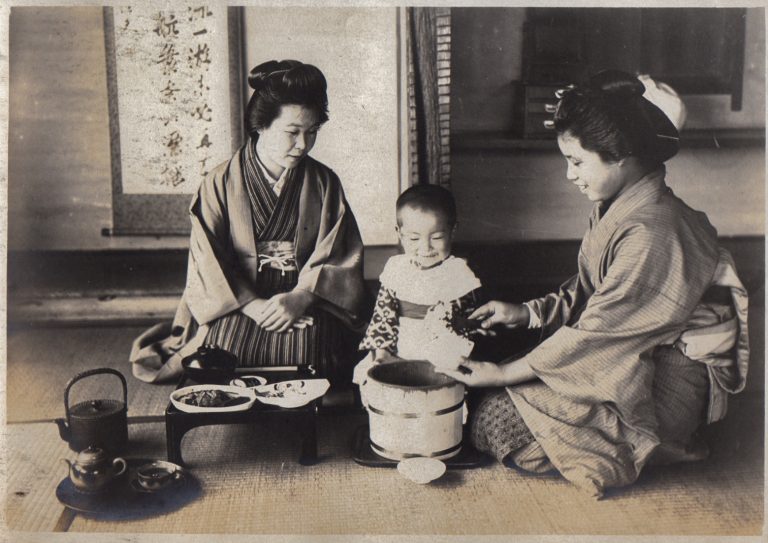
One Comment